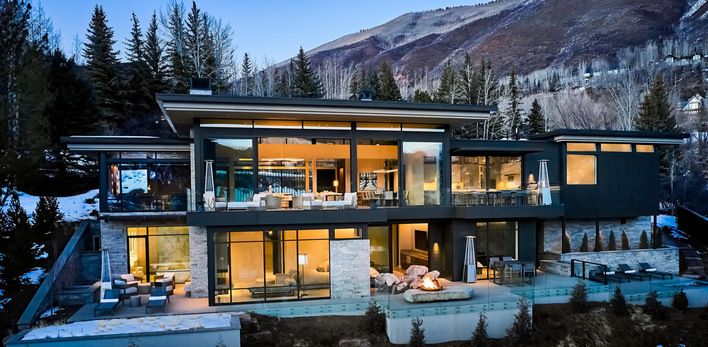Investments in the automation of windows, in combination with other important functions in the house, are becoming increasingly popular and important for private individuals as well as for commercial properties. The intelligent interaction of heating and window functions is in particularly high demand for living comfort and energy saving.
If the window is opened manually or remotely via an app, the heating is automatically switched off in such systems. Conversely, the heating starts up again when the window closes - provided the desired indoor temperature has not yet been reached. The prerequisite is the installation of intelligent sensors that monitor not only the temperature but also the opening of the windows. Windows are thus, so to speak, the door opener for a networked home.
Ventilate without opening the window

Gealan
Thanks to modern automation, it is now possible to ventilate without opening windows, provided that the appropriate ventilation technology has been installed. Thanks to clever heat recovery, indoor rooms can be ventilated with almost no heat loss. The warm, stale air is led past the incoming cold outside air. In this way, the cold fresh air is warmed up with only minimal energy input. In this way, the room is ventilated without getting cold.
See also: Glas Herzog gets highly automated IG line
In addition, the units, properly adjusted, can decide for themselves how strongly to ventilate, i.e. how fresh the air should be. One freshness indicator is the carbon dioxide content of the air. With the appropriate sensors in the Smart Home, the CO2 content in the rooms is measured automatically and the ventilation kicks in when it is necessary.
Another advantage of automated ventilation via heat exchange: built-in filter systems ensure that undesirable substances such as pollen or fine dust stay outside. A big plus for wholesome indoor air.
Brightness sensors ensure solar gains
Optimum temperature and energy management also includes the remote control option for external and internal roller shutters or venetian blinds. This is because sun protection systems equipped with brightness sensors can bring in optimal solar gains when the sun is shining in winter, as they automatically raise and thus allow the use of solar energy.
Science confirms: According to an industry estimate, around 20 % of the energy required for heating and cooling could be saved in the European Union if three quarters of all installed windows had "dynamic", i.e. automatically controllable, sun shading. The control of sun shading and light incidence is, in addition to the possibility of automatically opening and closing windows, a very central capability of Smart Home systems, which is suitable for beginners as well as for advanced users.
Also interesting: How SMEs can benefit from automation
The installation of brightness sensors can of course also be used to automatically raise the sun protection systems at dawn - an attractive option for early risers, which many would then rather do without at the weekend.













